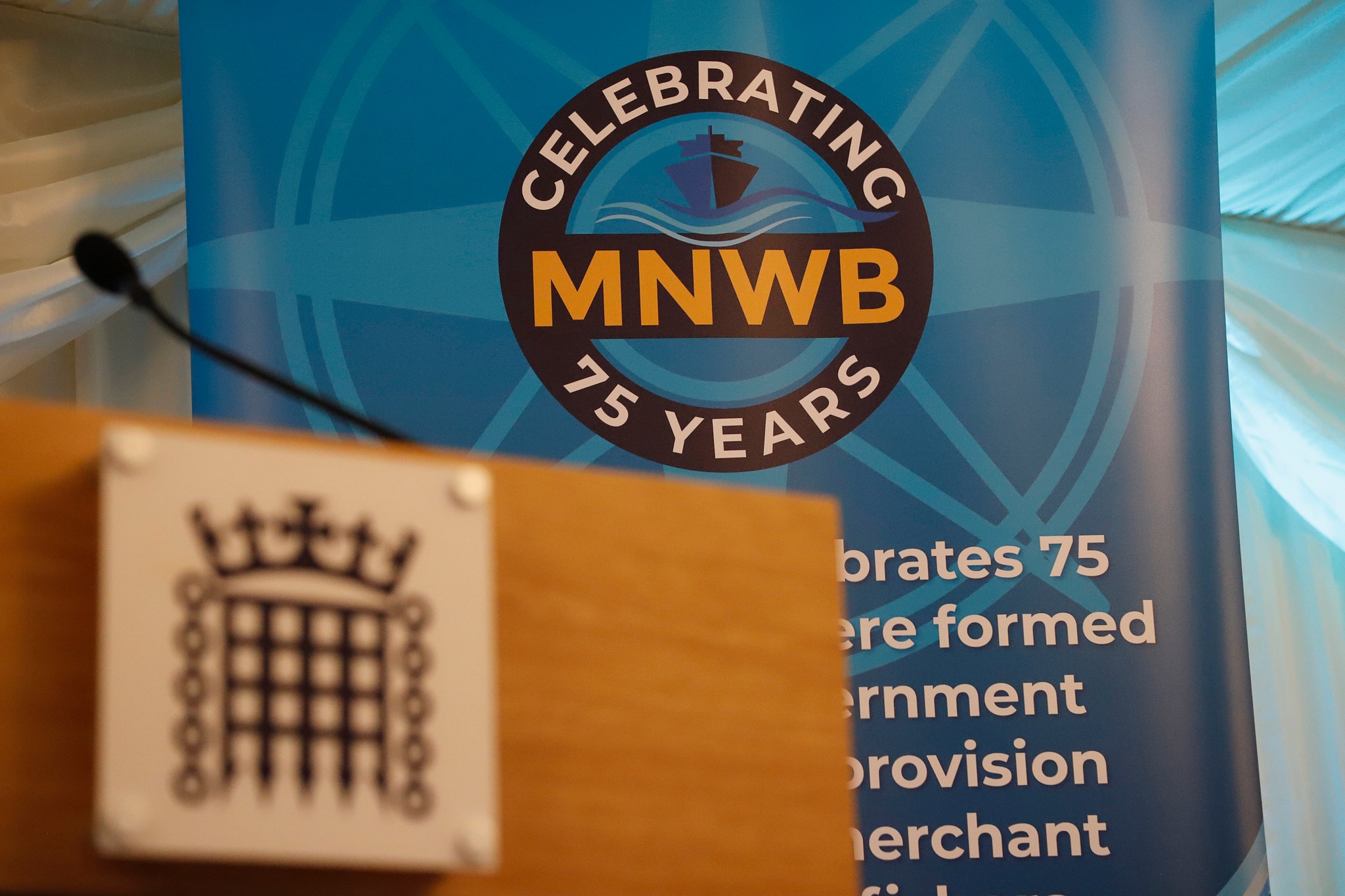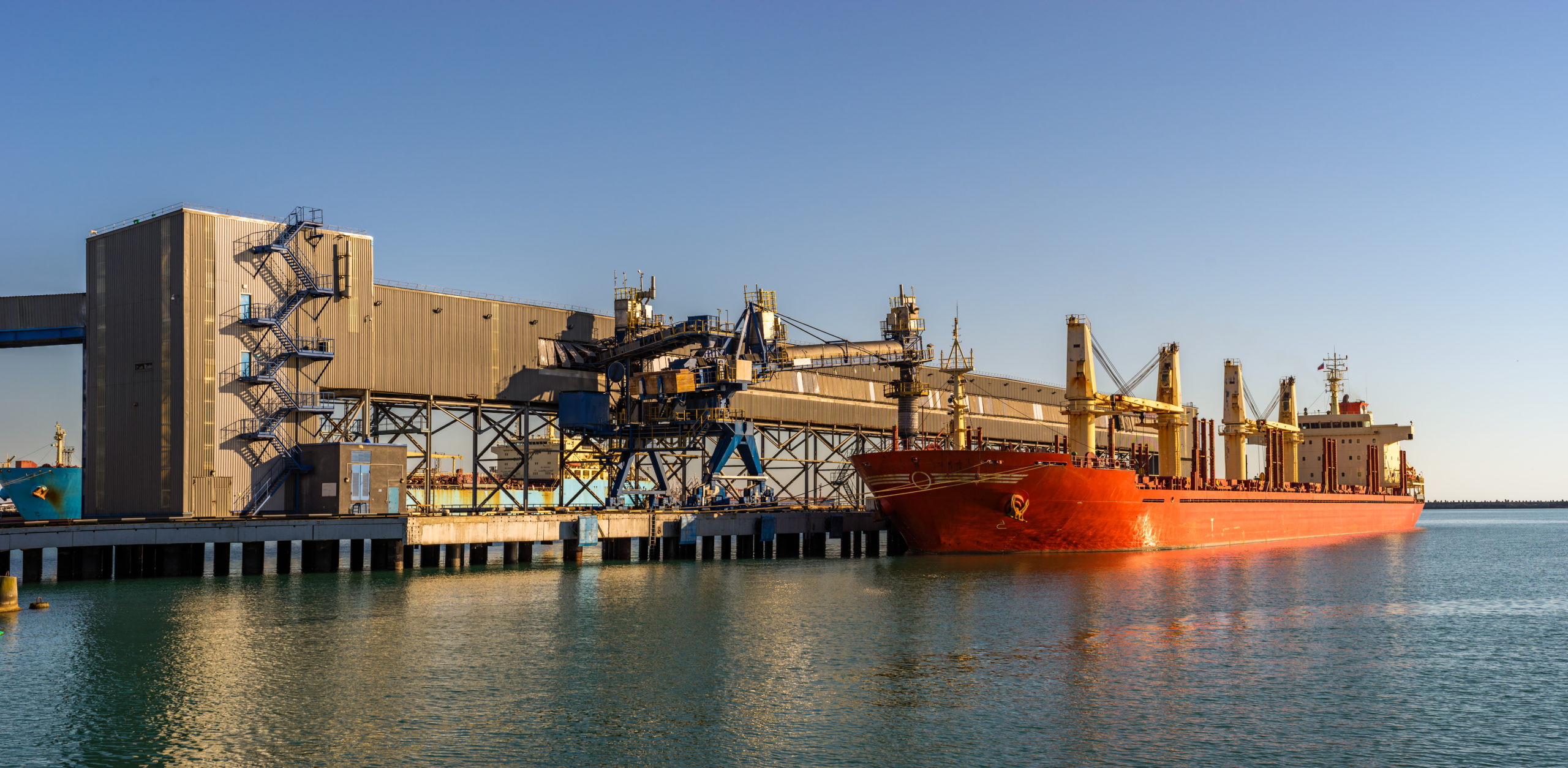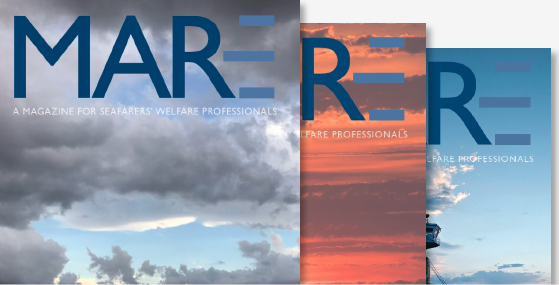By David Reid MA FNI
The maritime world is like other commercial spaces. Most shopping centers or office buildings, for example, are built to be rented out to others, not to be used by the owners themselves. So, in shipping. Someone who rents a ship is called a ‘charterer’ and the agreement between that charterer and the owner of the ship is a ‘charter party’.
The term charter party has been a fixture of maritime commerce for hundreds of years. The first time you hear the English word it sounds like it must refer to some kind of celebration, but actually derives from the French ‘charte-partie’ meaning ‘split paper’. This in turn is based on the Latin, ‘Carta partita’ meaning a divided document. The agreements in question were drafted in duplicate on the same piece of paper and torn into two irregular portions. Each participant in the contract would take a portion of it and the authenticity could be proven by matching up the pieces. Today when we make retail purchases, we are issued with identical paper receipts, one for the vendor and one for the customer – a modern-day version of split paper.
The process of fixing a ship on time charter starts with the initial requirement and the parameters of the ship that is required and when it is needed. These parameters are circulated on the market by the shipbroker representing the charterer. Once a potential ship is identified then an offer to charter may be presented to the shipowner. The negotiation of a charter party proceeds with a series of offers and counter offers until an agreement is reached. Each step involves a chain of shipbrokers representing each side of the transaction, but with the core principle that “My word is my bond.” As the main terms of the charter party are agreed (the daily rate, the length of time, the starting date among other details) the participants will reach a point where they are “fixed on main terms” or “fixed on subjects.” This part of the negotiation may only take a few hours and is often conducted over multiple time zones. There are no maritime attorneys involved, all the communication is between the two principal players and their respective shipbrokers.
I learned the importance of the trust element in chartering when I was running my own shipping company based in Southern California in the 1990s. My best example of understanding the ‘My word is my Bond’ ethos in this process was a day that I was visiting the Baltic Exchange in London at its former building in St Mary Axe. The Baltic Exchange was for many years a physical trading floor where shipbrokers would meet in morning and afternoon sessions to conduct the business of chartering ships and cargo. After a visit around the trading floor exchanging pleasantries with the numerous shipbrokers that I knew, I made a visit to the Gentlemen’s toilet which was a beautiful rendition of marble and plumbing from the Victorian age. As I took my position, I found that I was standing next to a shipbroker that I knew. We exchanged pleasantries and he asked me if I had any use for one of his ships that was imminently available for charter near Gibraltar. I knew the ship well and that it was perfect for a cargo of steel that my Swiss-based client needed to move from Brazil. In the space of less than a minute, we agreed on the main terms, and after we washed our hands, we shook hands and confirmed the fixture, subject to details. That might have been the only ship that was negotiated and fixed in the Gentlemen’s toilet of the Baltic Exchange, but validated for me the phrase, “My word is my bond”!

The business model of my company at that time was to time charter ships and then operate them on voyages carrying cargo for our clients. We were therefore known in the market as time charter operators. Running the business meant that we had to negotiate the hire of the ships that we chartered for periods from six months to one year or more. Charter party contracts for ships hired for periods of time are negotiated and written on what is known as the NYPE form. NYPE stands for the ‘New York Produce Exchange’ form which was an active commodities exchange in the lower Manhattan district of New York during the 19th century.

From our offices in Southern California, we employed a London-based shipbroker to represent us on the Baltic Exchange in London. When we desired to hire a ship for a 6-month time charter we would instruct our London shipbroker to find candidates that were available. We often wanted a particular size bulk carrier with suitable cranes, and we also wanted a ship that was in a geographically convenient location at a specific time. From these basic requirements, our London shipbroker would canvas the other brokers on the Baltic to see what candidates would fit our needs.
The shipping market is constantly driven by the forces of supply and demand, these factors influence pricing. When there is a surplus of ships available the daily charter rate falls and conversely when supply is tight rates rise. So as the saying goes, timing is everything.
A successful time charter operator would seek to secure ships during downturns in the pricing cycle and then ride the upturn over the period of the charter. The entire process involves thinking about commercial risk in the future. If you get it wrong it can have dire consequences. Even with the best market intelligence, which is largely based on recent events, the global market can turn when ‘black swan’ events occur. Recent black swans have been the pandemic and the war in Ukraine. One such event when I was working was the 1989 Tiananmen Square event in Beijing. The images of a student facing off against a tank sent shock waves through the supply chain and almost overnight commercial trade froze with China and the knock-on effect hit the shipping market. Time charter daily rates fell sharply as demand shrank.
Many shipowners do not operate their own ships commercially. They prefer to put the ships out for hire to other operators who take care of the commercial trade. When the shipowners do this, they have a time charter that provides a steady revenue stream from the daily hire which is paid in advance in 15-day increments. Shipowners that have financed the building of ships prefer these arrangements because it gives them and their banks a steady cash flow that supports their financing and daily running costs.
The time charter operator becomes what is known as the ‘disponent’ owner of the ship (something like subletting an apartment) because the master is now following the orders and instructions given by the time charter operator for the commercial trading activity. This relationship can become more complicated when there are chains of these disponent owners. This happens when a time charter duration is over multiple years and then the ship is sub-chartered for a short duration to another operator. In such cases, the charter party must be carefully negotiated so that the terms and conditions along the chain are in alignment. For example, in some time charter contracts there may be geographic trading restrictions based on the insurance coverage on the vessel. The charterer might be prohibited from carrying a hazardous type of cargo such as direct reduced iron briquettes. In such a case, a sub-charter cannot convey a right to carry a cargo if that right does not exist in the head charter party.
Once there is a fixture subject to charter party details there is an implied contract and an obligation to work through the details with good faith. Once again it is the shipbrokers who communicate back and forth to iron out the details on the NYPE form. Shipowners and operators find comfort in using a trusted contract template, so the final contract will be based on a previously executed contract that will be amended to reflect the logical changes and any new conditions that have been agreed upon. Refining the details typically takes approximately 24 to 48 hours from the main terms and once all has been agreed the ship is “fully fixed.” However, it can be some weeks before the actual charter party document is drafted and circulated for a physical signature. Recent changes in software and digital communications have improved the process but in prior years it was not unusual for the charter party to be signed months after the contract had been in place.
At peak times, I had a fleet of twenty ships under time charter operating around the world carrying cargo for our clients that were commodity trading companies. They preferred to contract out the shipping to operators because that kept their business off-market. If they had an in-house shipping department, their trading activity would be visible to their competitors when canvassed on the shipping exchanges. Instead, they would privately contract to a time charter operator and then they would secure a suitable ship to carry either a full cargo or a part cargo that would be combined with something else. These arrangements provided the forerunner of what has become known today as the 3PL sector or Third-Party Logistics.
Companies with cargo to ship are constantly looking for ships to charter. There are many trades that follow regular patterns. For example, in major commodities such as iron ore, the trade is driven by the major source countries of Brazil and Australia. Very large ore carriers are specialized for that trade, and they are engaged in one-way trade patterns that require them to return in ballast, empty of cargo back to Brazil or Australia. In some cases, cape-size bulk carriers can find triangulated trading patterns that reduce their ballast time, so a cape-size might trade iron ore to China from Australia and then return to Australia to load metallurgical coal destined to Europe. After that, they may ballast to Brazil for another iron ore voyage. However, the pricing or freight charge is affected by supply and demand, so a coal cargo from Australia to Europe will be discounted because there are more ships than there are cargoes on that trading route.
The art of operating a ship is like a global board game where you try to position the ship in the right market at the right time. This requires an understanding of global trade and market conditions. Congestion in ports also plays a factor, when ships are held for long periods of port congestion the supply chain shrinks because ships are held off-market for extended periods of time. This leads to increased demand and rising prices. Freight costs rose dramatically as container ships waited for weeks to unload at West Coast ports during the pandemic.
The business of chartering involves an element of trust because deals must be made quickly. It is therefore important to know that you are dealing with a counter party of good standing. I have experienced situations where a client was offered a very low freight rate by an unknown operator that made no sense, and I cautioned them to be careful. The lure of the low cost was so attractive that they fixed a contract to carry the cargo. The ship came into port loaded with the cargo; the client paid the freight to the unknown operator. A few days later the client received a demand from the shipowner saying that he had not been paid under the time charter and demanding to be paid the freight. When the client attempted to track down the unknown operator, they found that they had been defrauded and the unknown operator had vanished with $1 million dollars of freight that had been paid. The client had no choice but to pay again so that the shipowner would deliver the cargo.





